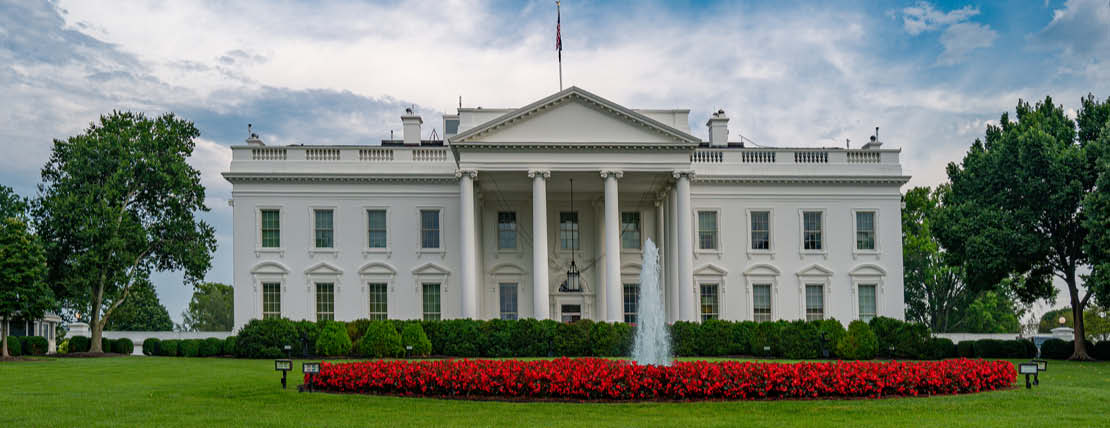For WorldatWork Members
- Getting Benefits Enrollment Right: Big Trends Spark Fresh Strategies, Workspan Magazine article
- Considering Open Enrollment AI Tools? Keep These Tips in Mind, Workspan Daily Plus+ article
- 5 Ways You Can Reduce Workers’ Open Enrollment Regret, Workspan Daily Plus+ article
- Total Rewards Inventory Checklist, tool
- Total Rewards Inventory of Programs & Practices, research
For Everyone
- Open Enrollment Is an Opportunity for Education and Engagement, Workspan Daily article
- How AI is Reshaping Open Enrollment, Workspan Daily article
- Most of Your Workers Will Likely Regret Their Open Enrollment Choices, Workspan Daily article
- Do Your Employees Understand the Health Plan They Picked? Workspan Daily article
Preparations for open enrollment are in full swing, and U.S. total rewards (TR) professionals must collect various health and welfare plan contribution limits for 2026 as they design their plans.
While the TR community awaits Internal Revenue Service (IRS) announcements on retirement plan limitations (due in late October or November) …
- Certain health plan limits were announced in May (Rev. Proc. 2025-19).
- The Department of Health and Human Services released a final rule in June that included updated out-of-pocket annual limits for certain group health plans (which were notably retracted and increased from previously announced 2026 limits).
Additionally, H.R. 1 (otherwise known as the One Big Beautiful Bill Act), which President Donald Trump signed into law on July 4, introduced significant changes to benefit plans that TR pros can incorporate into their benefit plan designs for 2026 and beyond.
What’s New
What are some of White House’s significant H.R. 1 changes for which TR professionals should be aware?
- The annual educational assistance benefit under Section 127, which includes student loan repayment plans, was made permanent. The $5,250 annual limit also will be indexed for inflation starting in 2026. This is a combined limit of all qualified educational expenses (tuition, fees, books, student loan repayments, etc.).
- The annual contribution limit for dependent care assistance programs (DCAP) has been increased for the first time since 1986. Beginning in 2026, the annual limit increases to $7,500 ($3,750 if married filing separately). This is a new fixed amount and will not be indexed for inflation.
- Employees may participate in a direct primary care (DCP) arrangement and still make contributions to an eligible health savings account (HSA). DCP membership fees also can be paid with HSA funds.
- Any U.S. citizen under age 18 may open a new pilot savings plan (known as a “Trump Account”) with a social security number beginning Jan. 1, 2026; however, accounts may not be fully operational until July 4, 2026. Children born between Jan. 1, 2025, and Dec. 31, 2028, will receive a $1,000 deposit from the federal government into the account. Employers may contribute up to $2,500 per child per year (adjusted for inflation starting in 2027). The employer contribution will be excluded from employee gross income.
- The tax credit for employer-provided childcare rose significantly, increasing the credit for facility expenses from 25% to 40% (and to 50% for small businesses). Qualified expenses also were expanded to include payments to third-party agencies. The annual limits will be indexed for inflation.
Limits by Line Item
The following chart outlines the health and other benefit plan limitations for 2026 that have been released to date.
|
BENEFIT |
2025 |
2026 |
|
Health |
||
|
HSA Max Contribution |
$4,300 Self-Only |
$4,400 Self-Only |
|
$8,550 Family |
$8,750 Family | |
|
HSA Catch-Up Contribution (age 55+) |
$1,000 |
$1,000 |
|
HSA Direct Primary Care Monthly Fee |
N/A |
$150 Self-Only |
|
$300 Family | ||
|
High-Deductible Health Plan (HDHP) Minimum Deductible |
$1,650 Self-Only |
$1,700 Self-Only |
|
$3,300 Family |
$3,400 Family | |
|
HDHP Out-of-Pocket Maximum |
$8,300 Self-Only |
$8,500 Self-Only |
|
$16,600 Family |
$17,000 Family | |
|
Health Flexible Spending Account (FSA) |
$3,300 |
TBD |
|
Health FSA Rollover Max |
$660 |
TBD |
|
ACA Out-of-Pocket Max (non-HDHP, non-grandfathered plans) |
$9,200 Self-Only |
$10,600 Self-Only |
|
$18,400 Family |
$21,200 Family | |
|
Qualified Small Employer HRA (QSEHRA) |
$6,350 Self-Only |
TBD |
|
$12,800 Family |
TBD | |
|
Excepted Benefit HRA (EBHRA) Max |
$2,150 |
$2,200 |
|
Work-Life and Financial |
||
|
Dependent Care Assistance Program (DCAP) |
$5,000 |
$7,500 |
|
Student Loan Repayment/Educational Assistance (Section 127) |
$5,250 |
TBD |
|
Commuter Transit/Parking |
$325/month |
TBD |
|
Trump Accounts – Employer Max Contribution |
N/A |
$2,500 |
|
Employer Tax Credit |
||
|
Employer-Provided Childcare Tax Credit |
$150,000 |
$500,000 ($600,000 Eligible Small Business) |
Check Out Our Full H.R. 1 Coverage
H.R. 1 has brought plenty of changes to organizations and their TR pros, and Workspan Daily is on top of it.
Access additional Workspan Daily articles related to H.R. 1:
- The Facts on Tax: Breaking Down the H.R. 1 Overtime, Tips Provisions
- How H.R. 1 Changes Your Section 127 and 529 Education Programs
- Prepare Your Systems for H.R. 1-Related Reporting and Administration
- New U.S. Law’s Family-Focused Savings Benefit: Will It Catch On?
- The Impact of the H.R. 1 Law on the Telehealth Safe Harbor
Access additional Workspan Daily Plus+ articles related to H.R 1:
- Checklist for Total Rewards to Be Compliant with H.R. 1 Provisions
- The Ripple Effect: 529 Plans as a Catalyst for Financial Stability
- What Are TR Pros’ Options for Paid Care Leave Design
Editor’s Note: Additional Content
For more information and resources related to this article, see the pages below, which offer quick access to all WorldatWork content on these topics:
#1 Total Rewards & Comp Newsletter
Subscribe to Workspan Weekly and always get the latest news on compensation and Total Rewards delivered directly to you. Never miss another update on the newest regulations, court decisions, state laws and trends in the field.








